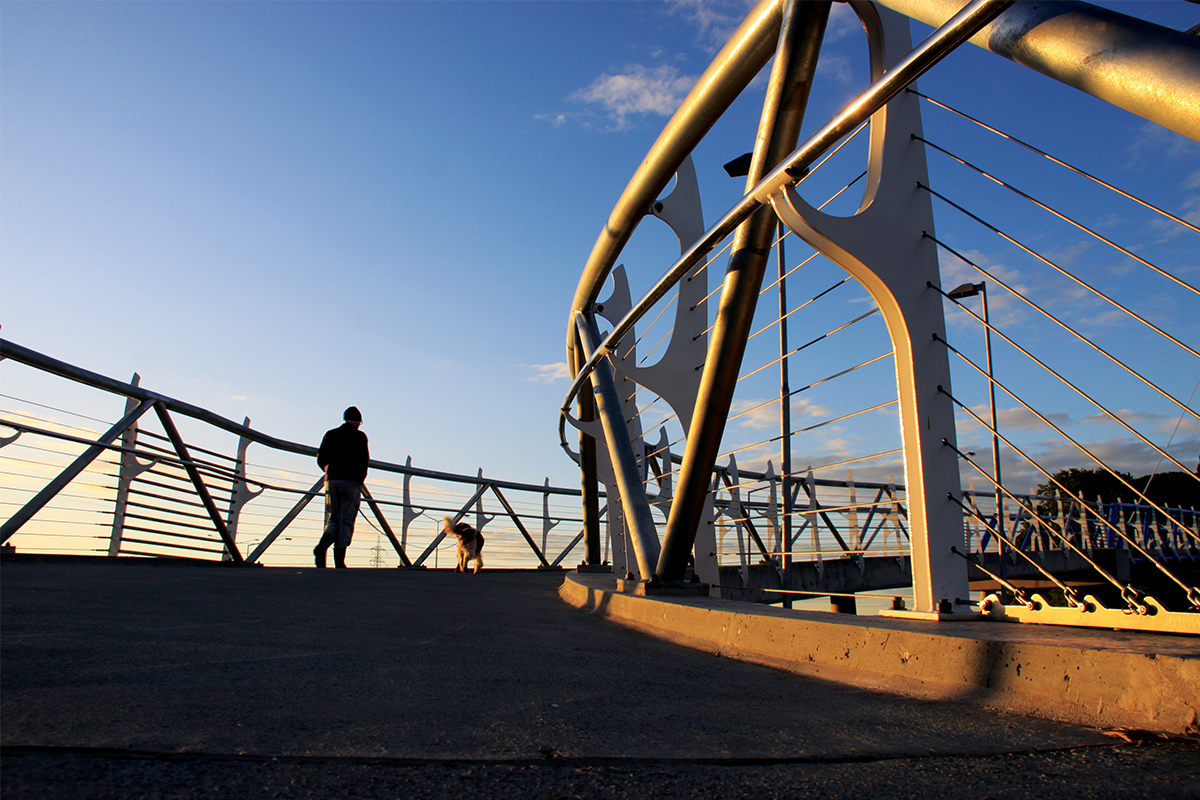Started in 2014, in collaboration with our member company Opus, we’re pleased to confirm the draft NZ Transport Agency Research Report TAR 14/07 – Evaluation of Shear Connectors in Composite Bridges passed through public reviews this June and is now submitted with NZTA for publication.
It’s the culmination of extensive research, historic data collection and preparation of worked examples – and critically gives our members a glimpse into the future standards to come so they’re enabled to stay one step ahead.

What’s it all about?
Making sure our members are on a level playing field globally means adapting to an ever-changing environment. We know the Eurocodes are advanced and state-of-the-art, so reviewing these international design rules for composite beam design and aligning them to our local data for the various types of existing composite bridges in New Zealand was not only necessary, but a natural step towards helping you embrace new technological advances in our industry.
We’ve also been working hard in the background to drive a new generation of standards: AS/NZS 2327, of which this report supports – by providing an assessment procedure in line with NZTA Bridge Manual 3rd Ed for the existing bending capacity of composite beams. This arms our structural engineers with a wider scope of options to push boundaries and will significantly increase the efficiency of the existing NZ highway network, by opening it up to heavier and high productivity motor vehicles.
The procedure incorporates design rules for the most widely used existing shear connector type in NZ (channel shear connector), which have been developed by us through structural reliability analyses of international test data.
For those not familiar with the new equations, having this report ahead of the new standards publication earmarked for late 2016/early 2017 gives you the tools to better help understand and implement within your day-to-day practices, so you can hit the ground running when they finally come into play.
If you’d like to know more, or get access to our interim results of this research program published as a conference paper at IABSE Conference 2015, please touch base with our General Manager Structural Systems Dr Stephen Hicks.
